- /
- Explore Vplaydates
- /
- A is for Anatomy
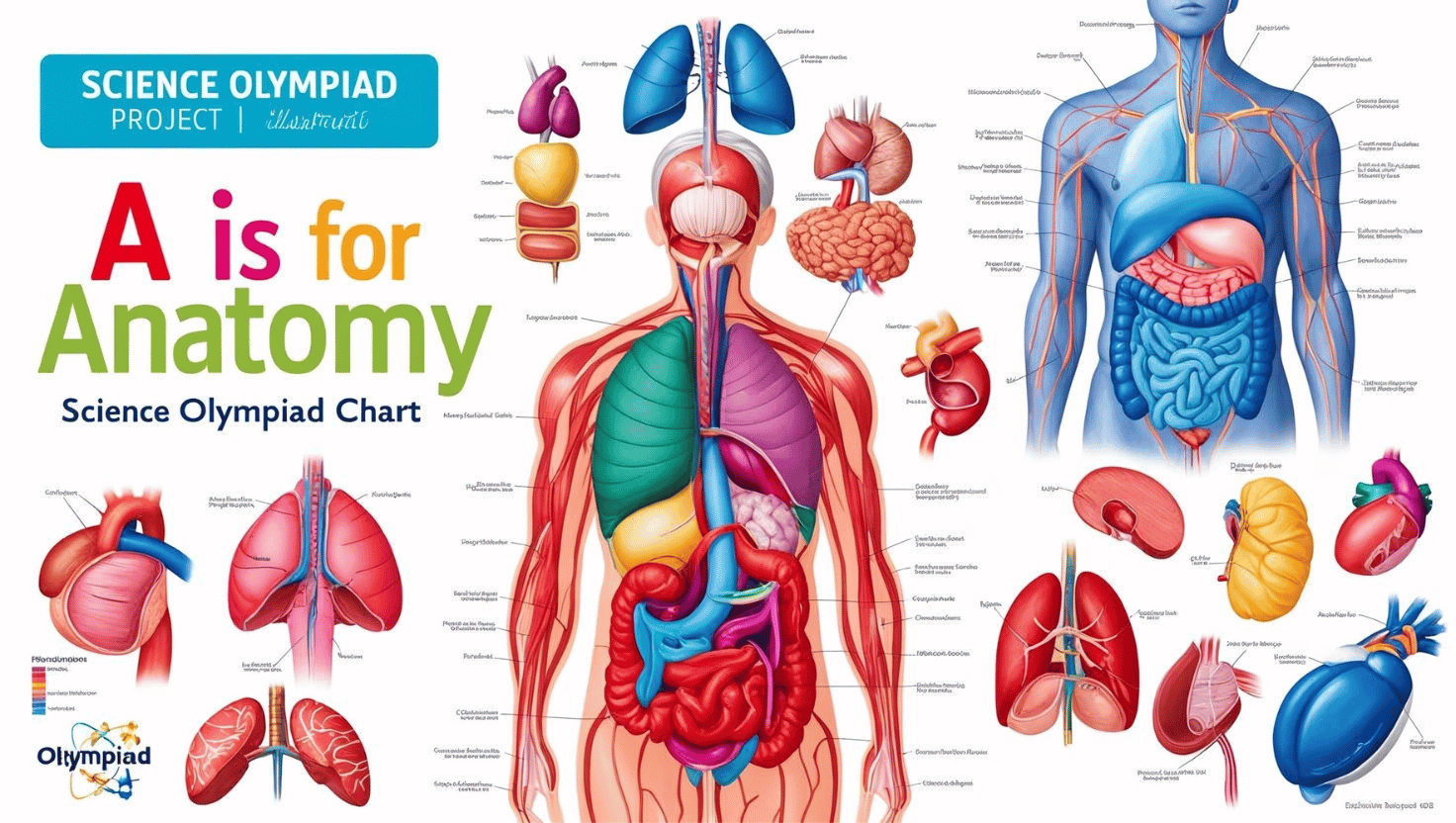
A is for Anatomy
Introduction
Welcome to *A is for Anatomy* – a fascinating Science Olympiad event where students take a journey through the human body! In this project, kids becom... Read More
About This Project
A is for Anatomy – Explore the Amazing Human Body!
What Can Kids Learn from the “A is for Anatomy” Project?





Why It’s a Body-Brilliant Experience:
Kids love discovering how their own bodies work! This event combines cool science facts, hands-on exploration, and real-world applications to spark curiosity and boost learning. Whether it’s identifying bones in a skeleton or tracing the path of food through the digestive system, A is for Anatomy makes science unforgettable.
Let’s explore the amazing machine that is YOU!

Full Article

Video

Practice Game
Material List
- Unpacked eggs
- Handful straws
- Roll of tape
- Pair of Scissors
- Large Painter tarp
- Bin of balloons
Instructions
- Make a triangle out of a straw and tape it together.
- Repeat this two more times.
- Tape all 3 triangles together around the egg to make a pyramid shape.
- Decide how else to cushion the egg – for example: using more straws
- Spread the painter’s tarp on the floor.
- Hold your egg high above your head and drop it on the painter’s tarp.
- Did it work? If not try a different design.
- Be creative, test your own designs and materials (styrofoam, balloons, etc)
Question for thought:
Why is our device suitable for people to use all over the world? What are its advantages and what are its limitations?




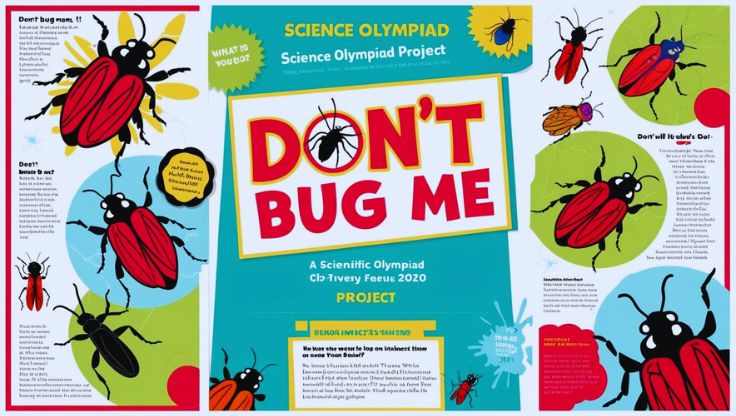
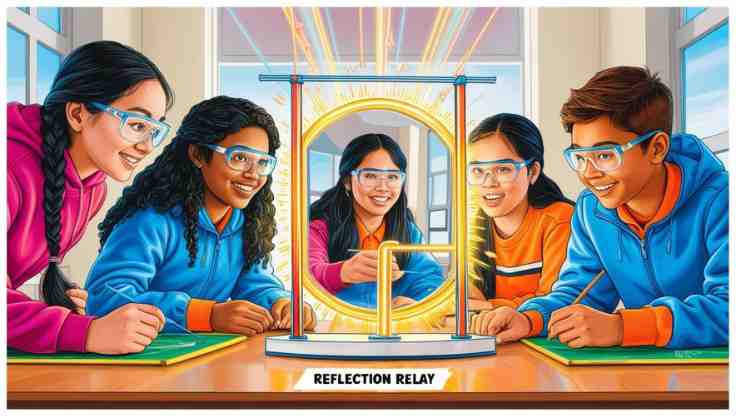
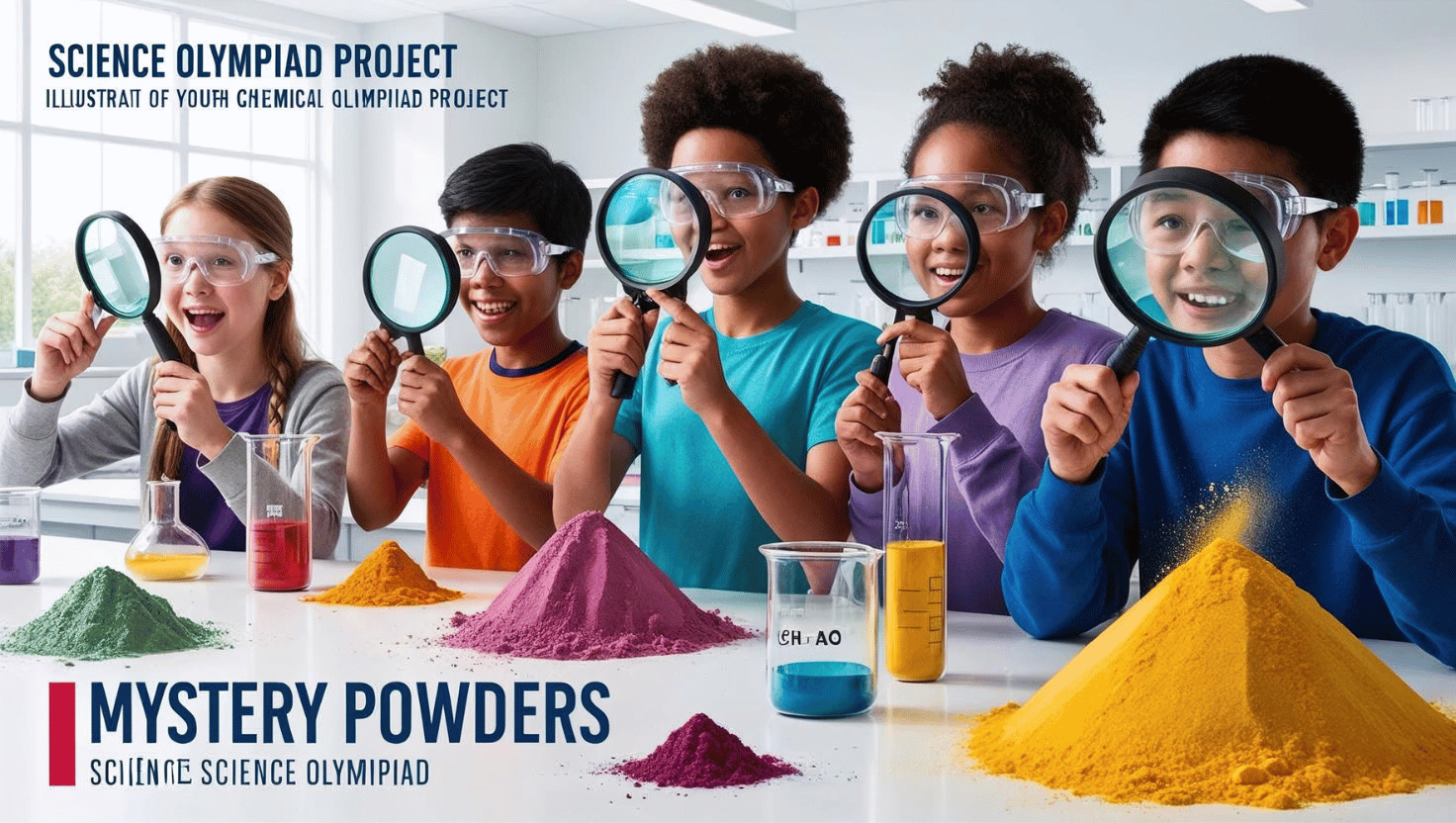
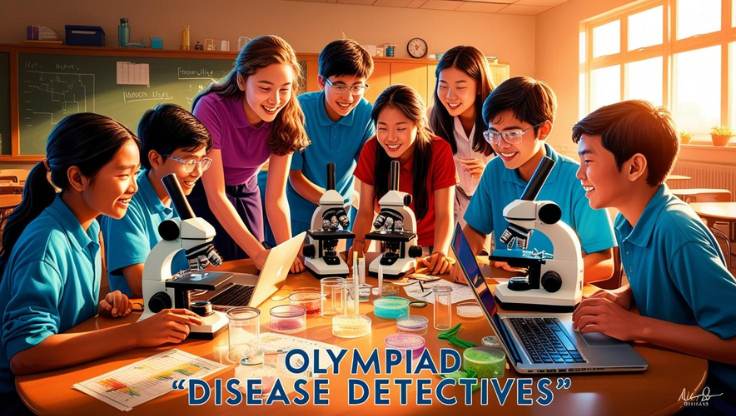
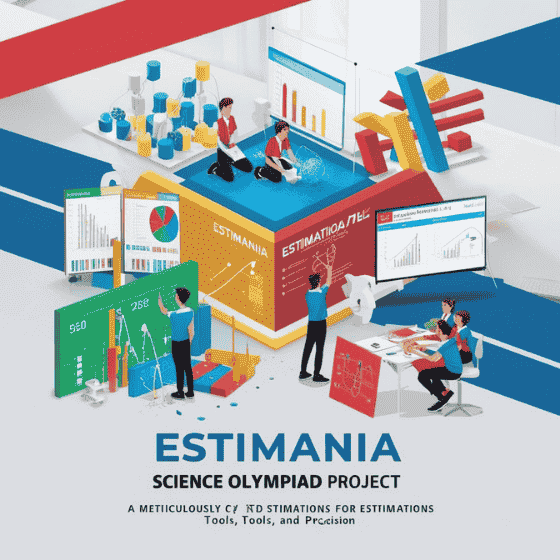
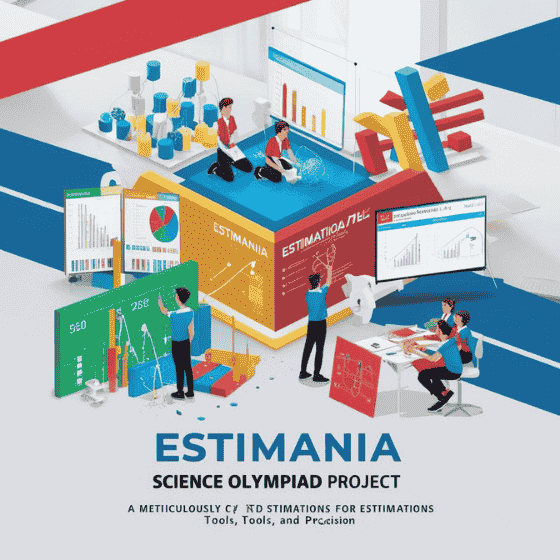
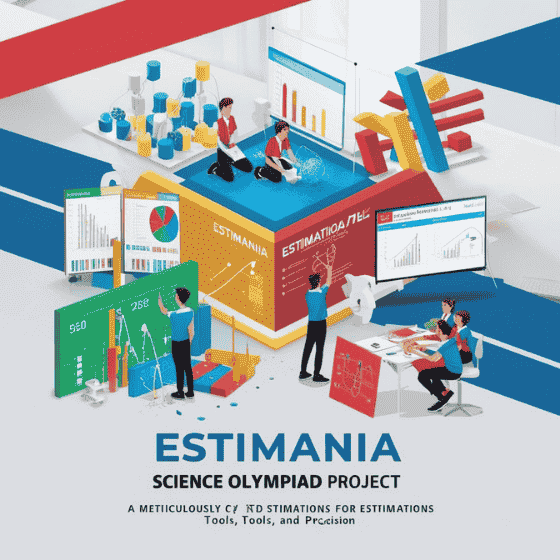
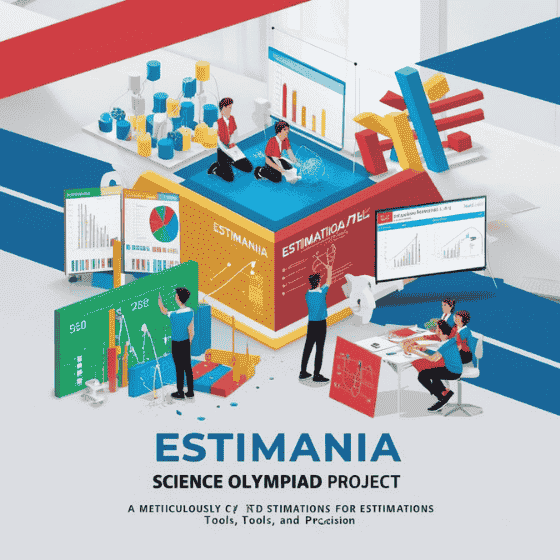
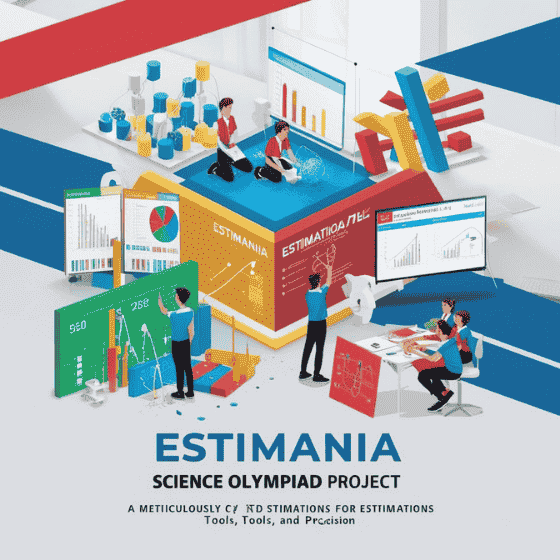
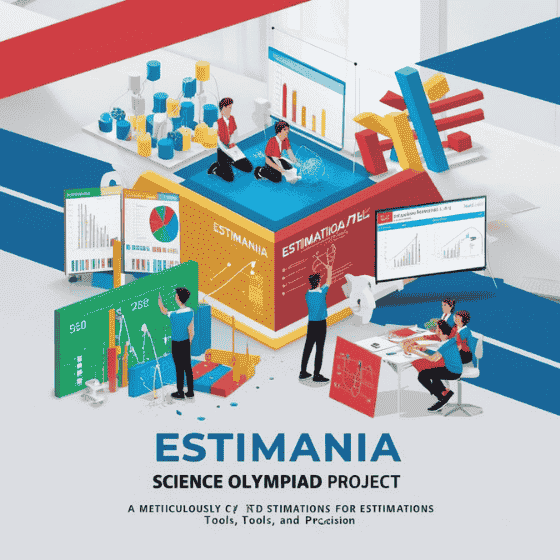
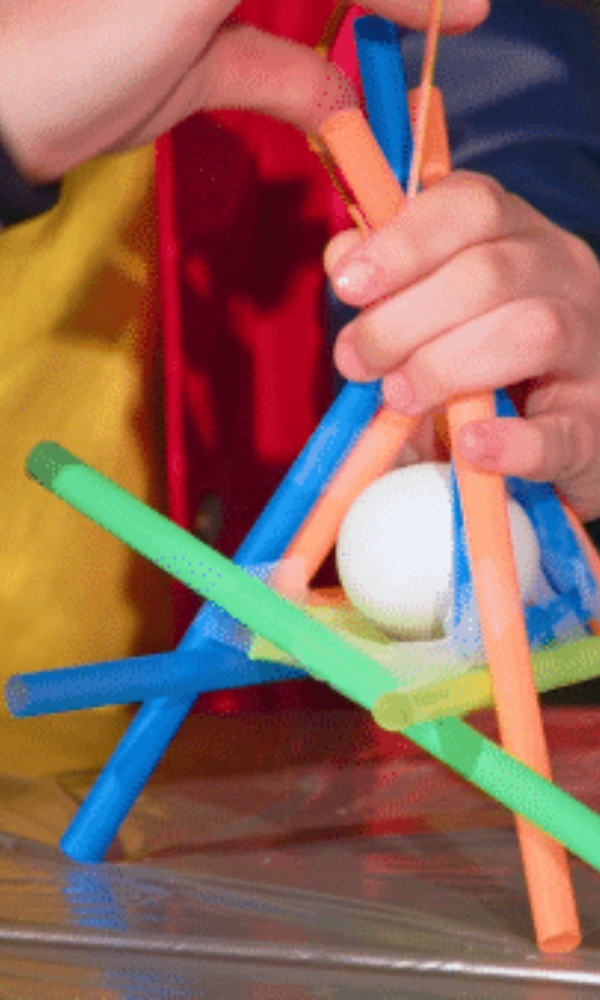
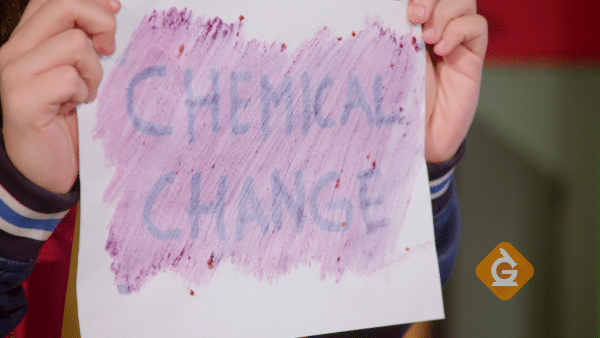
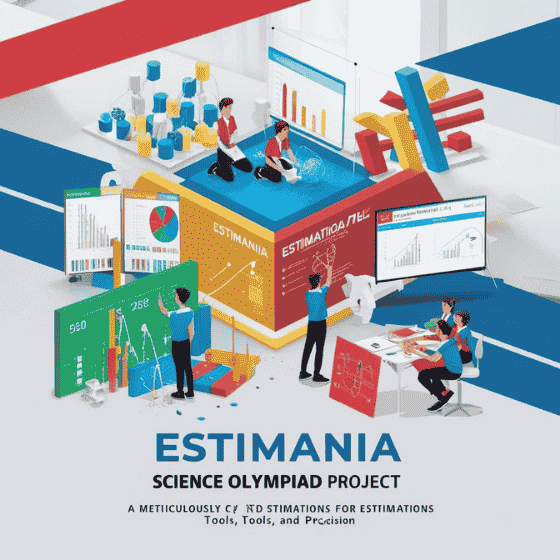

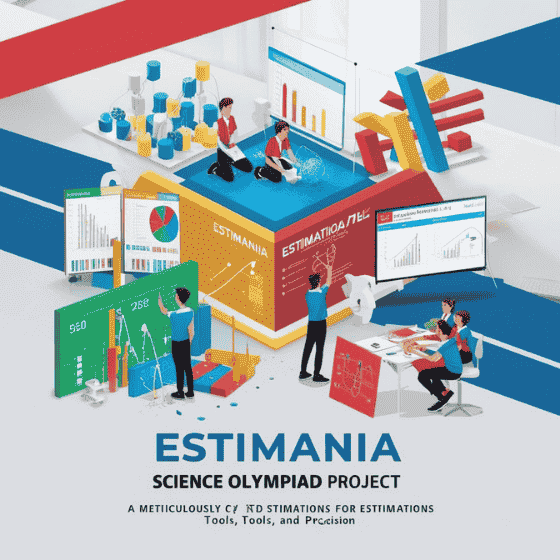
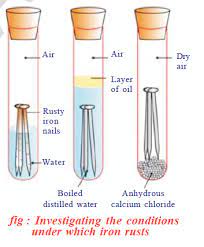
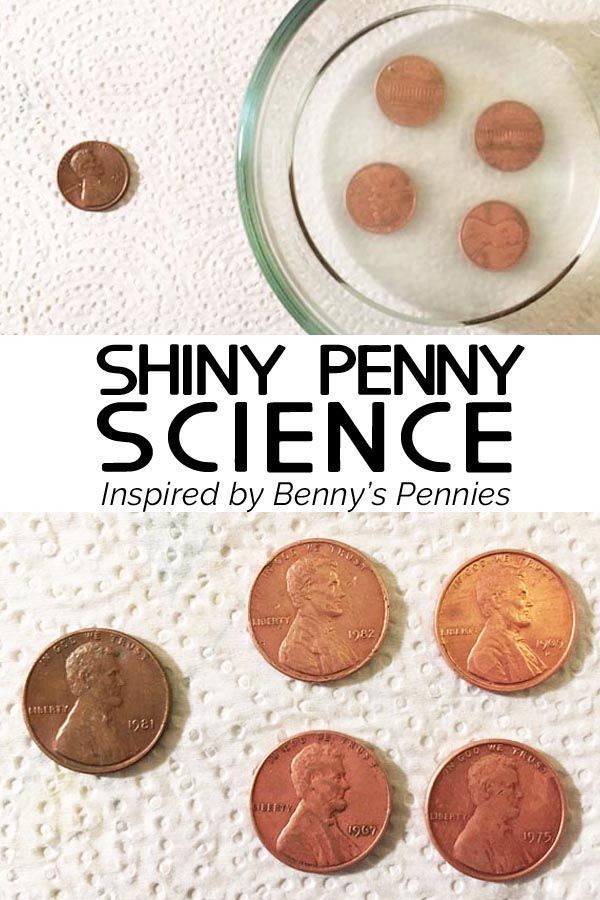
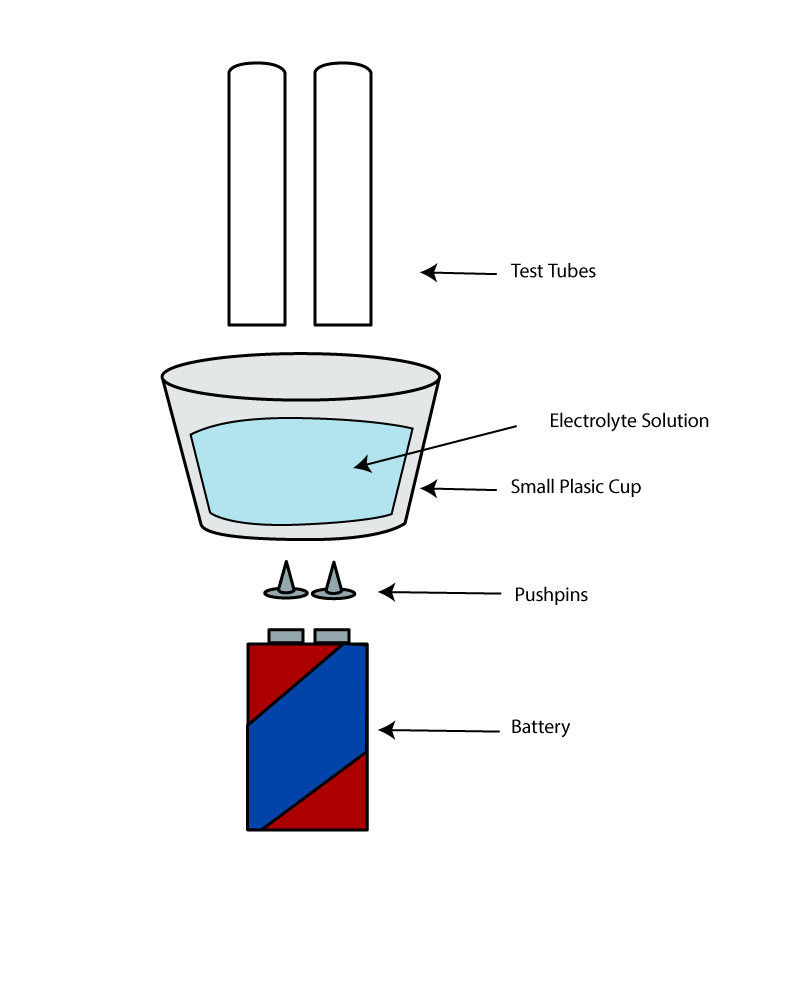
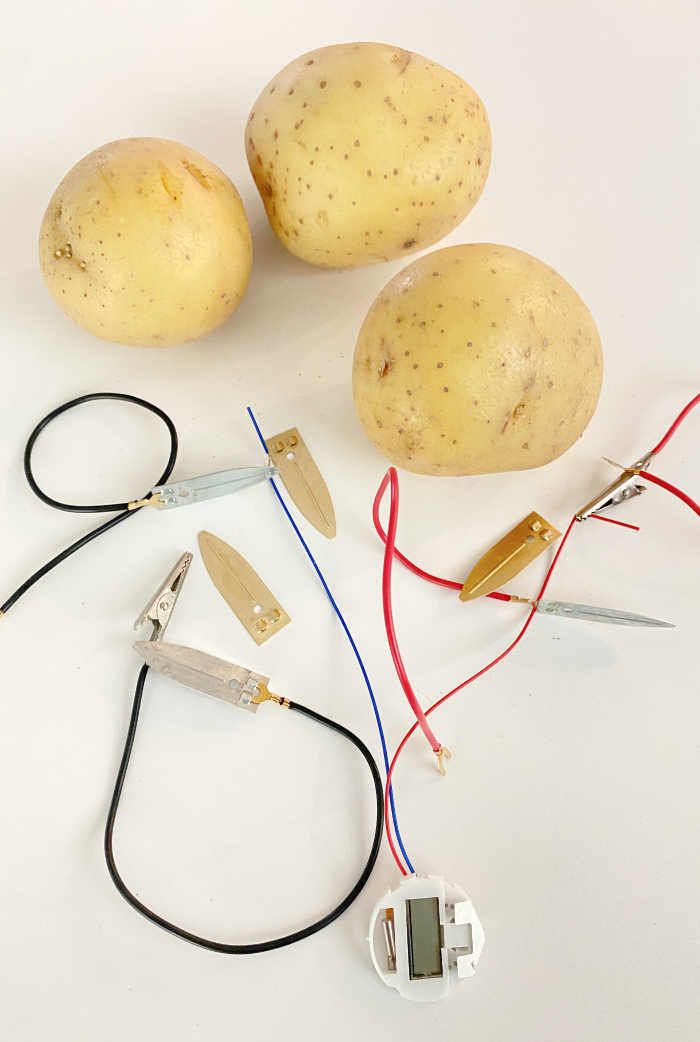
Responses